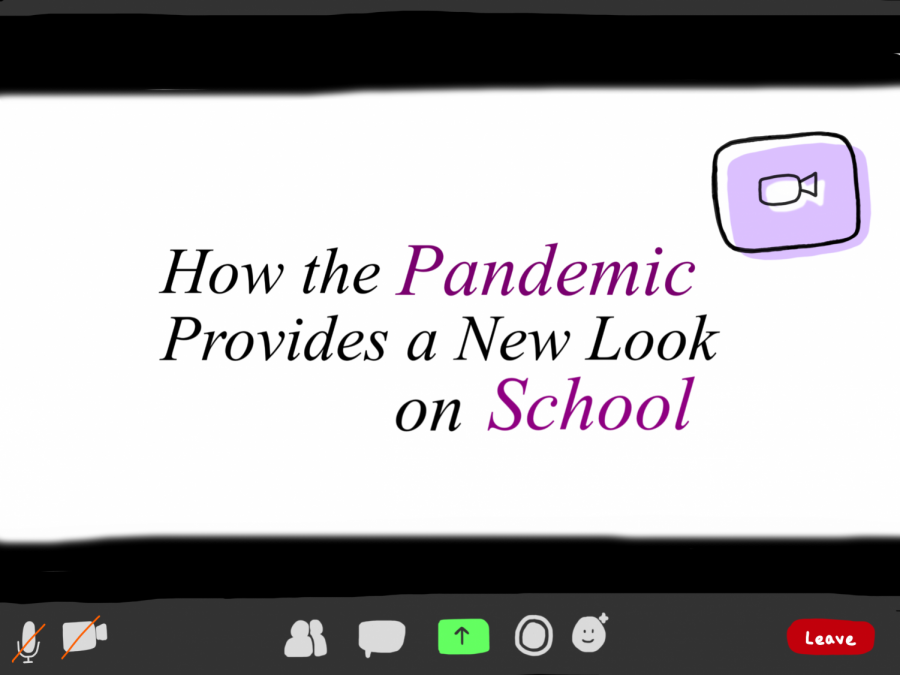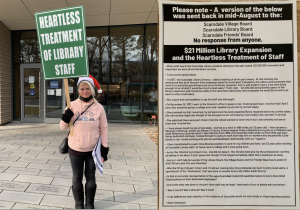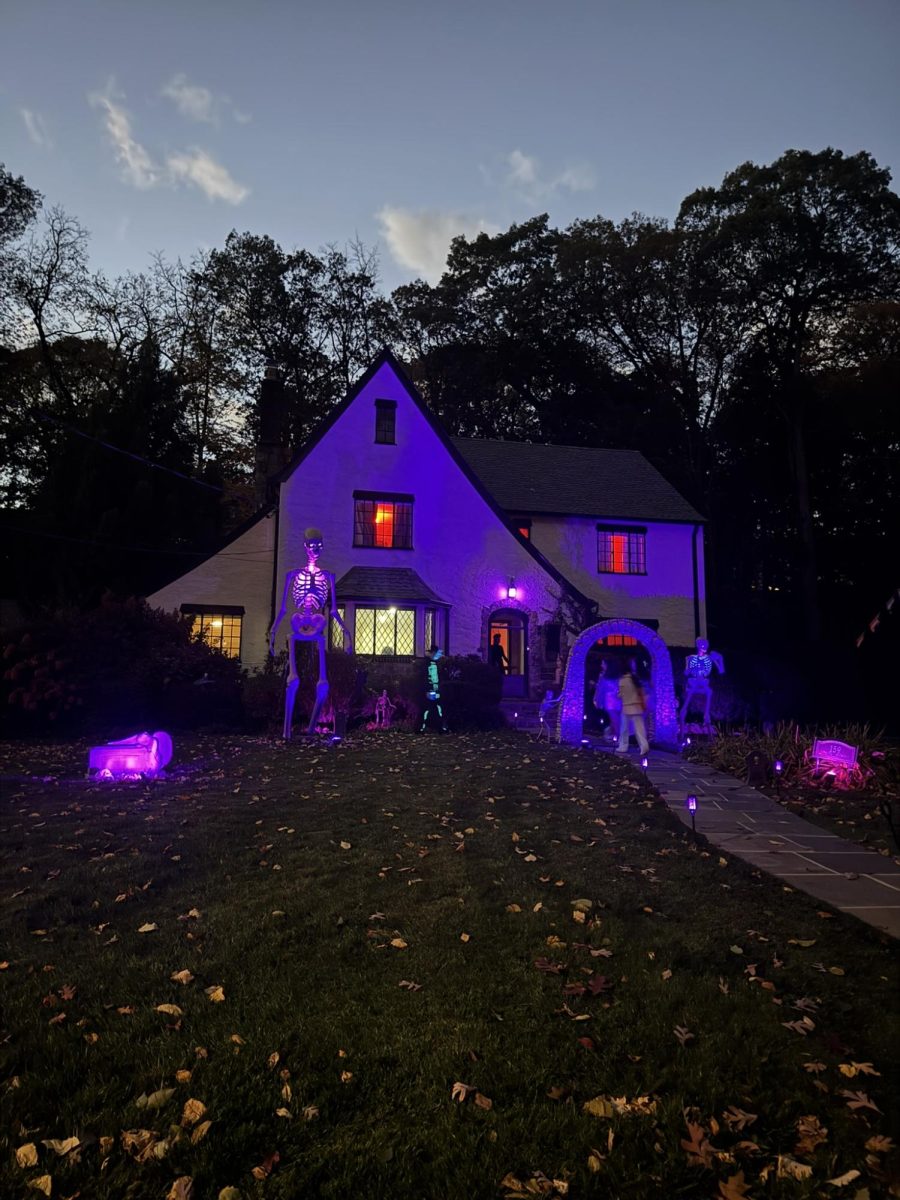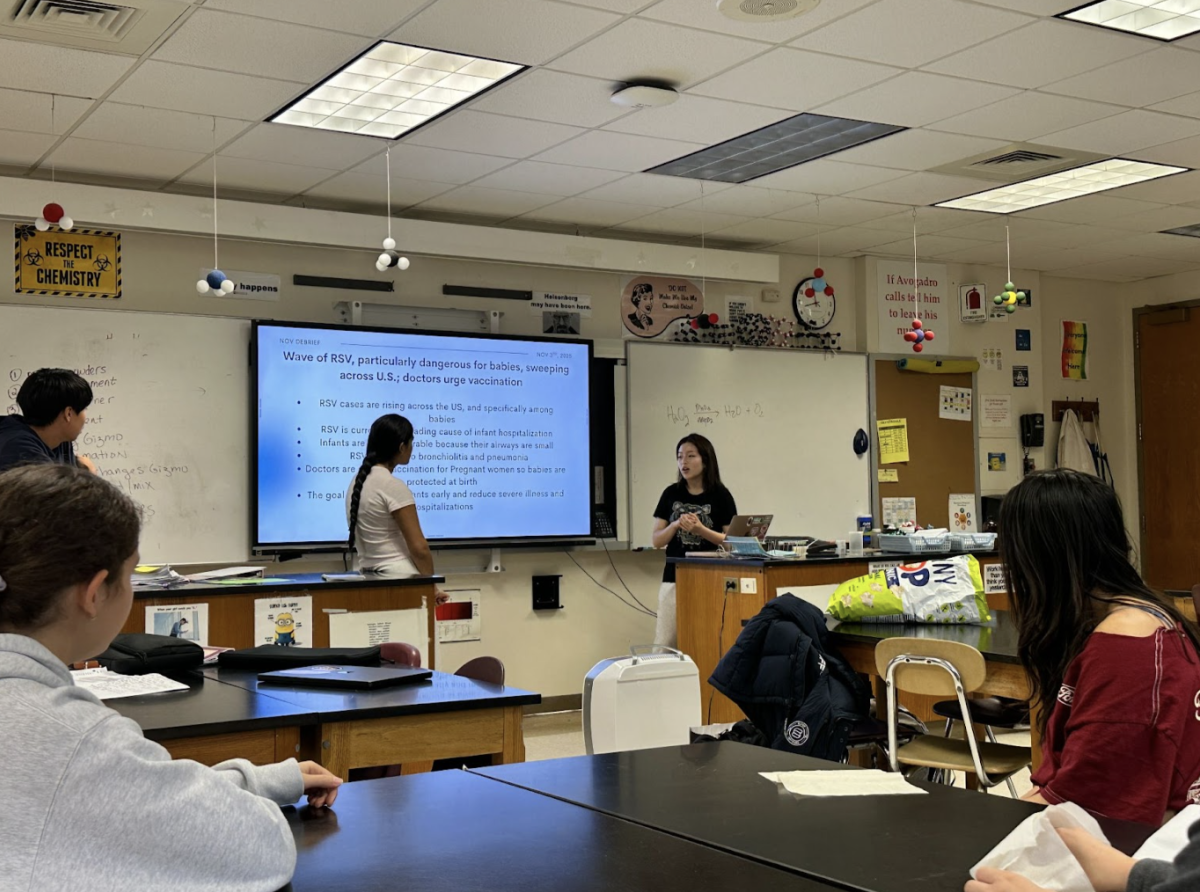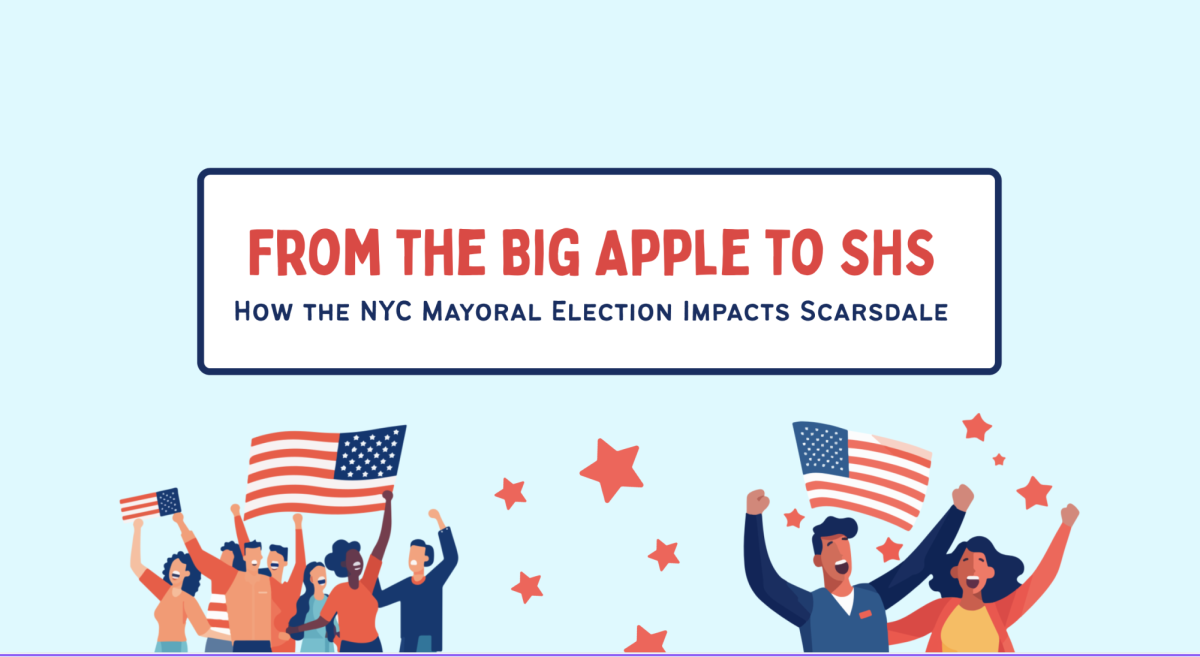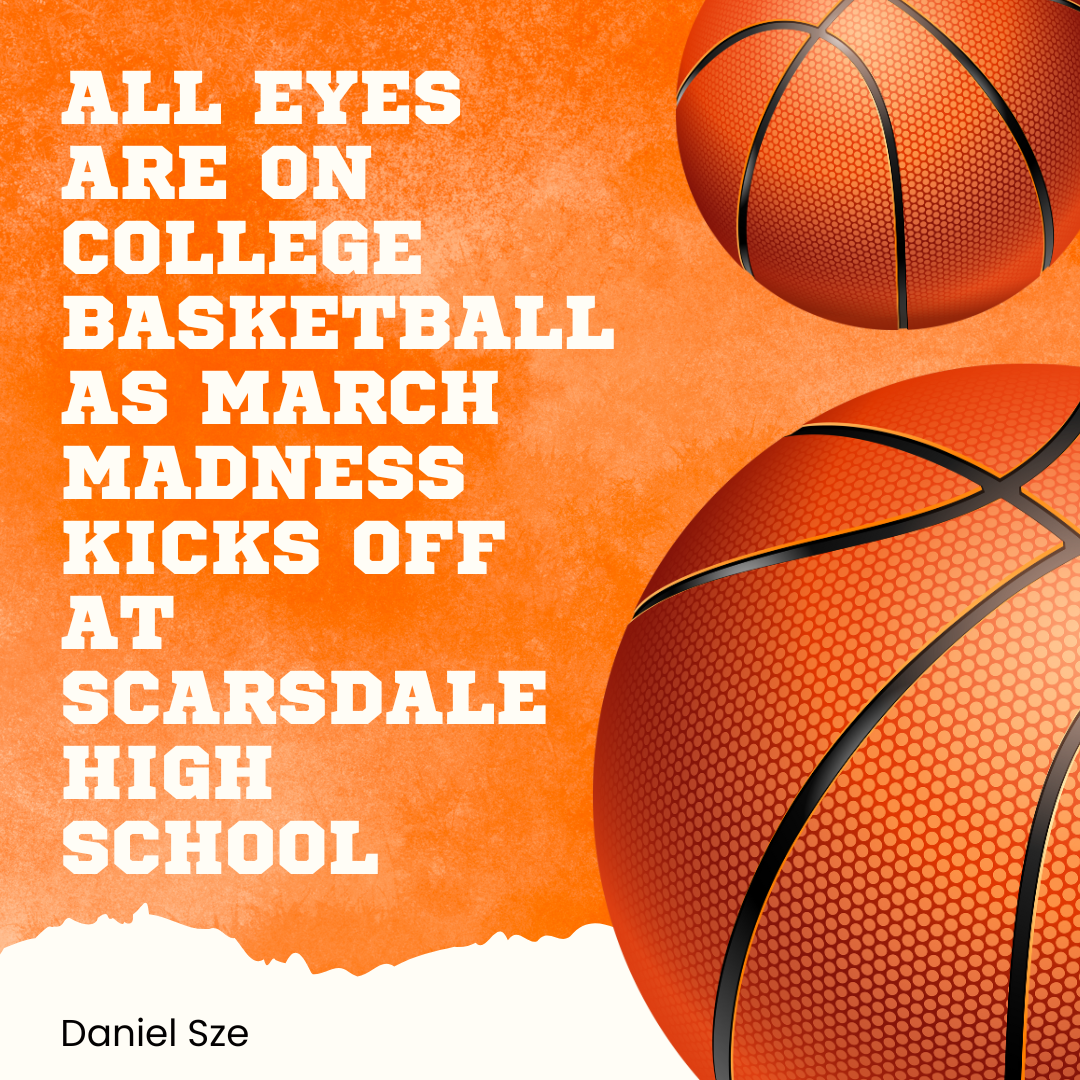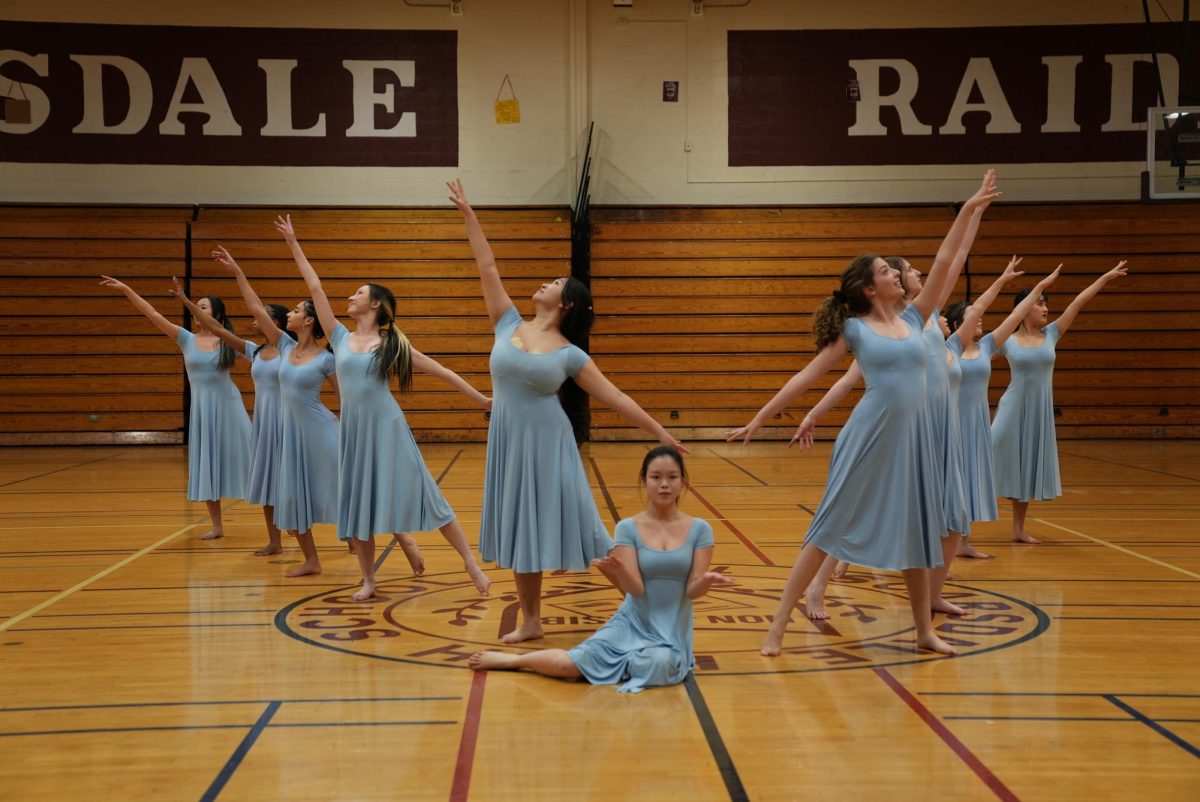How the Pandemic Provides a New Look on School
April 1, 2021
The internet is like Hermione Granger’s purse. Stick your hand in, and you can find almost anything at your disposal. A quick Google search is the equivalent of casting a summoning spell. Of course, there’s a lot of useless, misleading, and even harmful information there too, but as a whole, the birth of the Internet has provided significant value and convenience for humanity. Keeping that in mind, we can begin to imagine how accessible education could be if we utilize this resource correctly in the context of our traditional classrooms.
To give students a more efficient and well-rounded education, we must take advantage of technology when it comes to teaching academic material, while still acknowledging the importance of social interactions by establishing the school building as a place for collaboration and innovation.
Perhaps one of the most important skills we have had to learn during the COVID-19 pandemic is adaptability in the face of necessity. Students and teachers have had to navigate through applications like Zoom and Google Classroom, and while it wasn’t smooth sailing for everyone when it started in March of 2020, months of practice has only improved the experience.
As an all-virtual student, I’ve been able to observe and experience many approaches to online learning. Some make me bored and inattentive, while others spark productivity and a sense of accomplishment. I particularly liked videocasts, similar to the ones Sal Khan from Khan Academy posts on YouTube. The freedom to speed up or slow down speech, turn on subtitles, pause, and rewind enabled me to learn at my own pace and during my own time. I no longer had to feel embarrassed for wasting class time asking the teacher to repeat something—I could simply rewatch part of the video. If I were in a position where I had to get a part-time job or take care of younger siblings or children, I could do so without worrying about being behind in class.
My teachers mostly stopped videocasts as soon as the hybrid schedule began in September of 2020. The school wanted to encourage synchronous learning, urging students to come back to take classes in person and establish pre-pandemic normalcy. To this day, they continue to make adjustments as we slowly revert to the traditional model of teaching. However, I think that we’ve stumbled over and are running away from an opportunity to improve and enhance the learning experience for both students and teachers.
With fresh ideas, constructive student feedback, and lots of practice, educators across the globe can piggyback off the adjustments during the pandemic and construct a new schooling system for students that truly plays to their strengths. It would be one that allows them to take full advantage of their learning potential, while giving them the flexibility and opportunity to explore individual passions. Teams of specialized educators can concentrate on curating curriculums for students of different learning abilities and styles that can be uploaded to the internet and reused year after year, meaning teachers would be able to focus on guiding and interacting with students instead of repeating course material to new classes. If students have questions about the online content or would like to discuss certain topics with teachers, they can get right to it. The school building can serve more of a space for social education and mental healthcare, where students and teachers host class or club meetings, or where students can collaborate under the mentorship of their teachers to work on interesting projects or entrepreneurial ideas.
As with anything, there are drawbacks to an online-heavy learning environment. For example, the effectiveness of such a model would differ widely between subjects, particularly when comparing STEM to humanities. While learning about math or physics concepts may come easier through a video, it may be difficult for more creative subjects where discourse is key. Moreover, many students have expressed concerns about their declining mental health and inability to stay focused on a computer screen throughout the past year. Younger children and those with special education requirements may benefit more from in-person learning plans. However, with plenty of research and by keeping an open mind towards both traditional and technology-based education, I believe it is possible to create a system that caters to the needs of more people than ever before.
The effectiveness of the current education system has been under question for a number of years. The problem lies in our reluctance to embrace the advancement of new technology. While the past few months have brought many misfortunes, they have also revealed new possibilities in the field of education. Things can’t just “go back to normal.” To improve upon our society, we must accept change.

